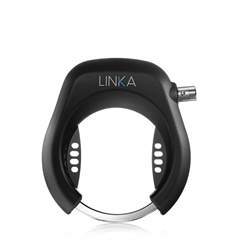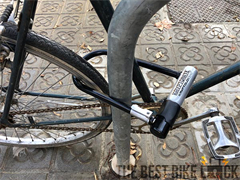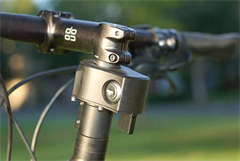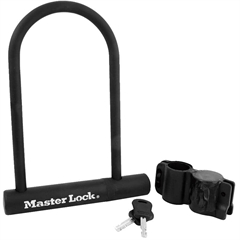Skimping on security is a funny way for a cyclist to save money. Bikes are easy to steal, and once they’re stolen, they’re almost impossible to get back. In fact, there’s a thriving market for stolen bikes that never seems to slow down: more than 2 million bikes are stolen every year in north america, and less than 5 percent of them are recovered. Here introduce four types of bike locks:
U-locks
Folding locks
Chain locks
Lightweight locks






U-locks introduce.
Most u-locks (d-locks in the u.K.) Require power tools to cut. They’re heavier and more expensive than most other varieties, but you’ll want the hardened steel when a misguided thief attempts to defeat one with hand tools. High-security models like kryptonite’s new york std use double dead bolts, which means two cuts are needed to open the lock—all but the most daring thieves see them and keep moving.



Folding locks introduce.
Folding locks are increasingly popular alternatives to chain and cable locks, and their low profile when folded makes them great for commuters. Some are susceptible to bolt cutters, a wirecutter test found, and power drills can quietly compromise their connecting joints. Like chains, they enable you to lock up to objects too big for u-locks or d-locks.



Chain locks introduce.
Chain locks can be as secure as u-locks if the chain is hardened steel and the shackle is equally durable. A hardware store chain matched with your old gym class combo lock, though, is losing to a pair of bolt cutters. A large chain can lock up a bike’s frame and both wheels while increasing the diameter of the tree, post, etc. To which you’re able to lock your bike, and models like the hiplok spin are designed to fit comfortably around your waist for portability.



Lightweight locks introduce.
Lightweight locks come in a variety of designs, such as the zip tie of the ottolock cinch and hiplok z lok or simple cables. Most of these locks can be defeated by hand tools like bolt cutters and tin snips, so reserve them for light security situations like popping into a store.











